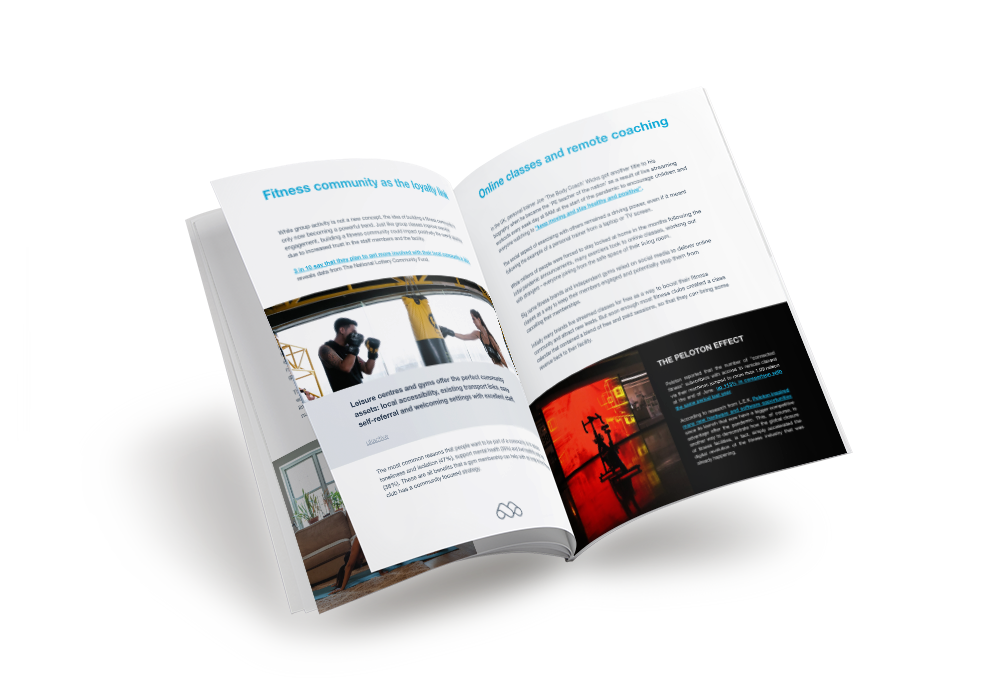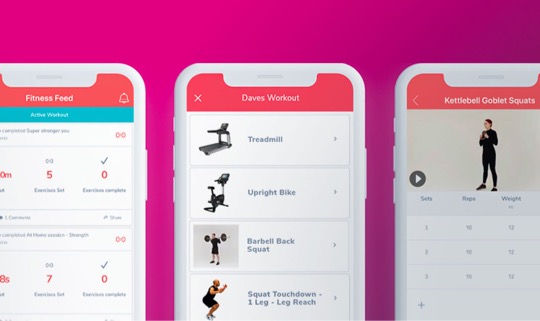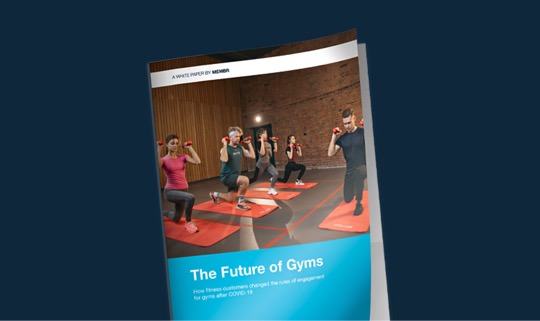The Future of Gyms
How fitness customers changed the rules of engagement for gyms after COVID-19

The COVID-19 pandemic abruptly closed off the doors of fitness clubs, health, leisure and sport centres worldwide, in some cases permanently, throughout 2020 and 2021. While full recovery is not expected until 2025, there is a lot of data to analyse and learn from while we adjust to what is considered the new normal.
In this research paper we look at what’s changed after the lockdown periods of closure and how gym owners and fitness professionals have adapted to the shifting status quo.
We also explore current and upcoming global fitness trends, notable customer behaviour changes such as their spending habits, and present you with key findings that will define the new normal for the fitness industry.
With this white paper we hope to help you better understand the changing behaviour and needs of exercisers and offer you a global perspective as to the upcoming fitness trends to help you succeed throughout 2022 and beyond.
Introduction
The fitness industry was among the hardest hit by COVID-19, with 58% revenue drop among US clubs in 2020.
The situation was not much different in the UK. A survey by OnBuy lists the fitness industry with 37% loss in revenue among the sectors hit the hardest in Britain due to lifestyle changes.
UKactive estimates a loss of 700 million sport and leisure visits to the recreation facility industry due to the pandemic in 2020 at a cost of £2.1 billion.
In the last 18 months, it’s fair to say that the fitness industry suffered a blow as significant as the economic disaster of 2008. According to Sports Medicine and Health Science, “a pandemic of this scale has never been seen since the Spanish Influenza during WWI.”
The main difference – this time around gym owners had the digital tools to keep the member engagement going even remotely and survive a global crisis with a fully online functioning business. And more importantly, unlike the economic crisis of 2008, this time it was our health that was attacked.
What's in the white paper?
1. Fitness trends under lockdown
With the rise of mobile apps full of fitness content, wearable technology that records your every step and social media platforms that connect you to personal trainers in seconds, exercising has never been more accessible.
In this section we will take a look at some of the biggest global trends since the start of the pandemic that have redefined the way that we exercise and talk about the gym.
2. Fitness customers after COVID
What today’s fitness customers expect from their gym membership and how they prefer to exercise?
Mapping out the customer behaviour changes is crucial for understanding members better and designing gym offerings that match their expectations. In this section we will offer insight into the four main stages of the customer psyche after the pandemic.
3. Fitness clubs go hybrid
There’s a permanent shift from seeing the gym as a place to get your body toned and muscled up for your next holiday to a place where you go to invest in your health. But just like technology has changed the way we do everything in life from shopping to getting our GP appointments done, fitness clubs need to embrace technology in order to truly make a powerful comeback from the pandemic.
A hybrid strategy means having different membership models, so that you can attract and cater for the needs of different customer groups.
In this section we will look at the key themes for success in 2022 and beyond that will help gym operators create a more sustainable operational growth strategy.
Gyms now more than ever need to become the gateways to connecting novices and experts to knowledge, habits and tools to better, healthier living.









